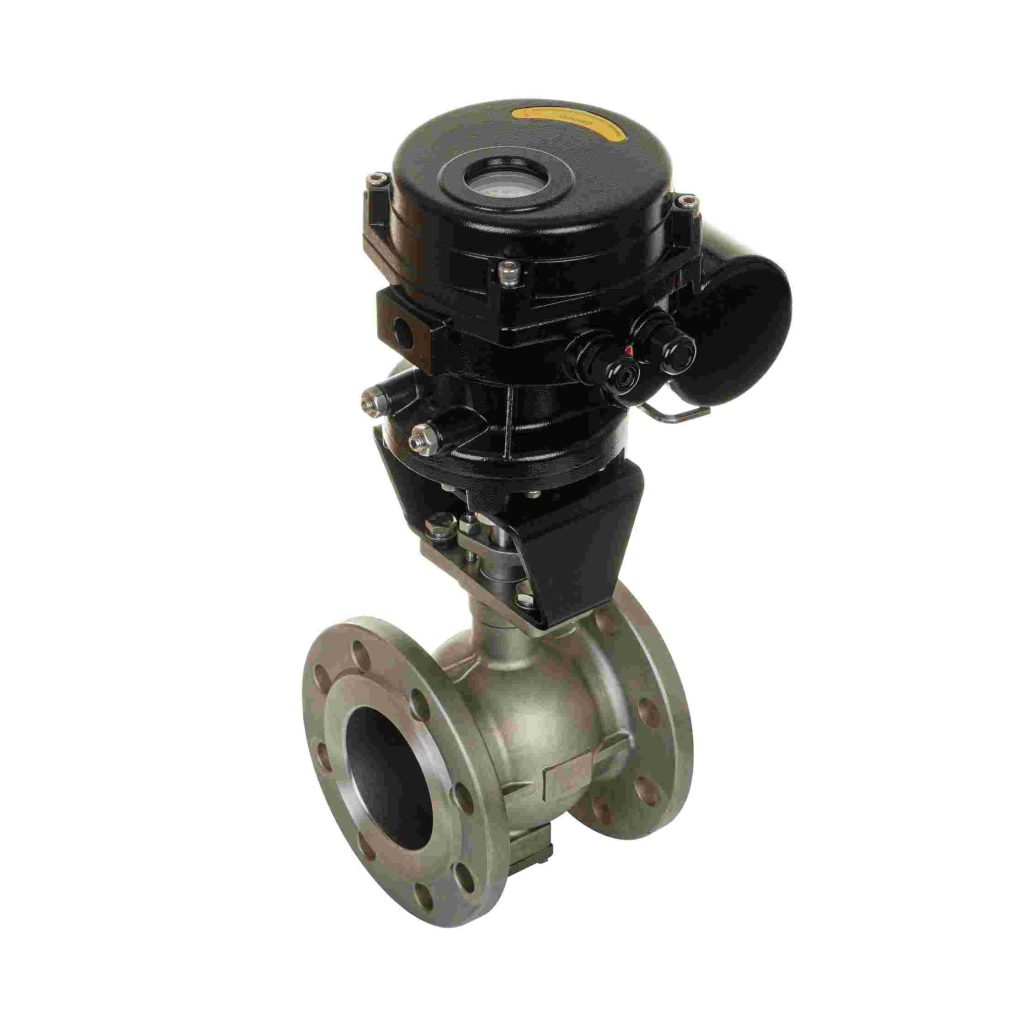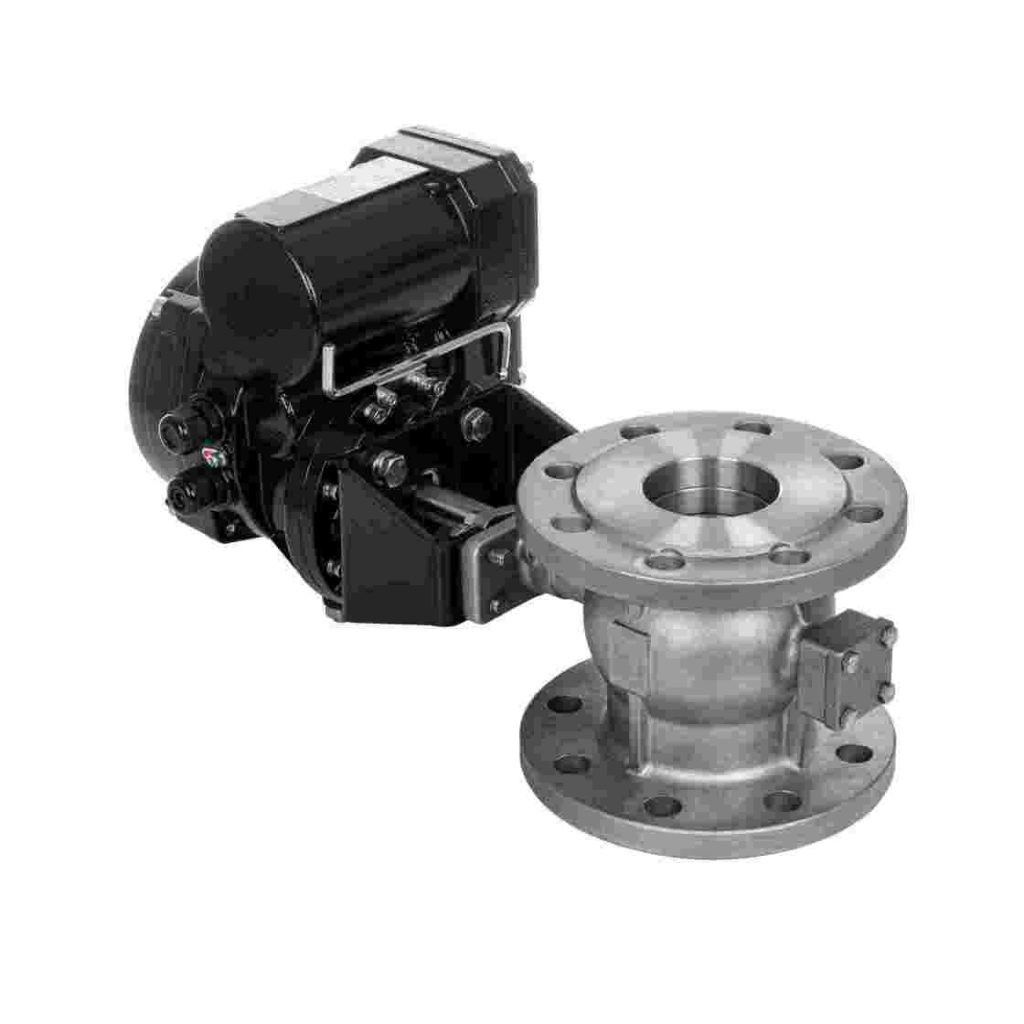In the quest for sustainable and clean energy sources, hydrogen energy has emerged as a promising alternative to fossil fuels. As industries and governments aim to reduce carbon emissions and combat climate change, the role of hydrogen energy is becoming increasingly significant. A key component in hydrogen energy systems is the electric valve, which plays a critical role in managing the flow and pressure of hydrogen in various applications. This article explores the importance of hydrogen energy electric valves, their functions, and their future prospects in the renewable energy landscape.

Understanding Hydrogen Energy

Hydrogen is the most abundant element in the universe, and when used as an energy source, it produces only water as a byproduct. This makes hydrogen a clean fuel that can be used in various applications, from powering vehicles to generating electricity. Hydrogen can be produced through various methods, including electrolysis, steam methane reforming, and biomass gasification. However, the challenge lies in efficiently managing the storage, distribution, and utilization of hydrogen, where electric valves come into play. The Role of Electric Valves in Hydrogen Systems Electric valves are essential in hydrogen energy systems for several reasons:
